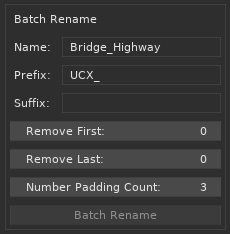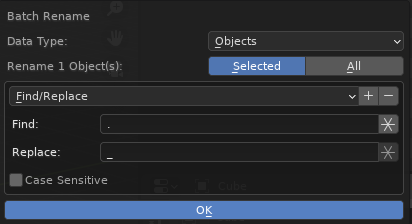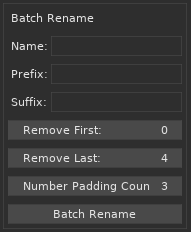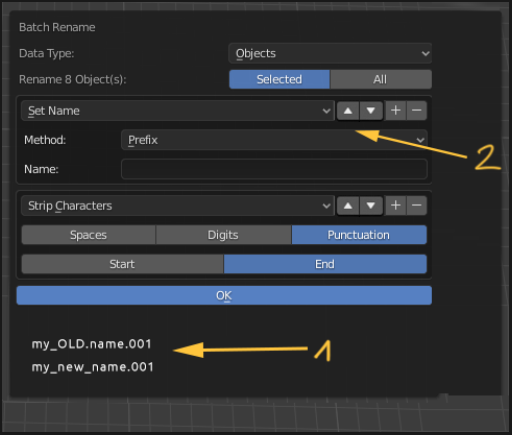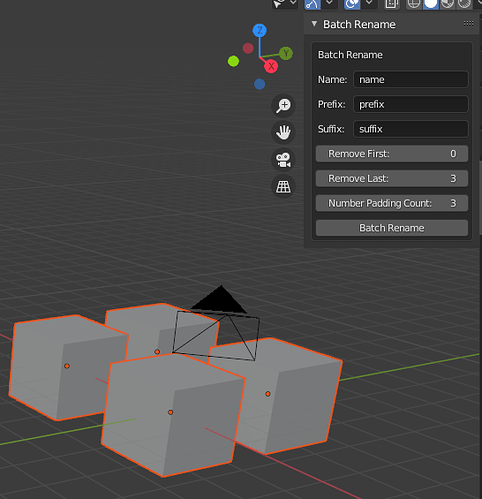Hi,
after quite a while, I found a practical use case for Batch Rename tool, however it’s usability is so bad it’s really hard to accomplish some really basic task, and borderline impossible to accomplish others.
Here’s a practical example:
When exporting custom collision hulls for static meshes in Unreal Engine 4, the engine uses object names to determine if the object should be treated as collision hull. Blender being the typical unicorn, doing everything in the Blender way uses dot as a separator for number padding, instead of underscore, like pretty much anything else out there, so when you create multiple collision hulls, you end up with something like this:

But, Unreal Engine 4 fails to recognize these as custom collision hulls, because their naming convention explicitly requires the number padding to be separated by an underscore:
So, a great job for Batch rename tool I thought. Turns out it fails even at such a simple basic task. I just want to strip the last 4 characters from each name, and then add underscore and number padding:

The UI is so cumbersome… The vertical order of the operator determines order, so for example strip punctuation has to be above strip digits, and I can’t even select how many digits I want to strip. Then again I have to keep clicking more buttons to get it right, and then I can finally also add suffix, but there is no way to add number padding? So ultimately, I end up with a failure like this one:
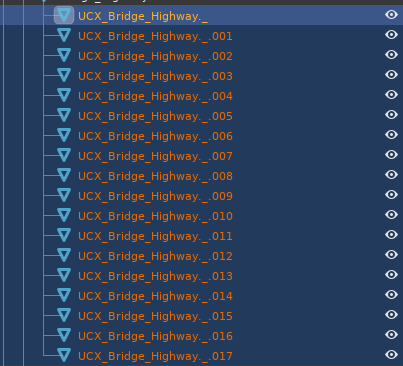
At the same time, here’s how it looks in a normal software:
[removed for copyright reasons]
A simple naming tool where I can get the actual batch rename the way I want, with way less clicks.
Can we just get a proper batch rename tool which lets us easily strip custom amounts of characters from the start and the end of the name string, then add custom prefix and suffix and then add number padding without the dot separator?
I mean the current state of the tool is so bad it’s literally faster to just rename even mass amount of objects by hand rather than waste time with the trial/error loop before eventually the Batch Rename tool does something acceptable.

